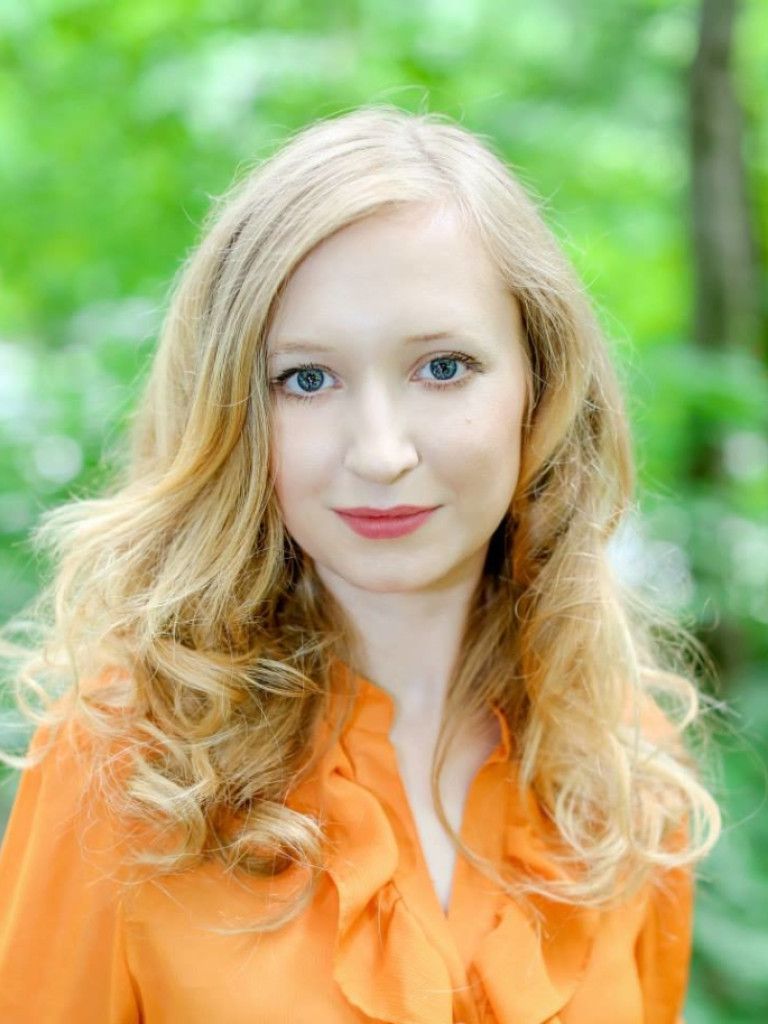
EMILY MULLIN
- 2016
- Press Fellow
Emily Mullin is the associate editor for biomedicine at MIT Technology Review. Her writing has also appeared in Forbes, The Washington Post, Scientific American, Smithsonian Magazine, The Atlantic and Pacific Standard. She holds an M.A. in Science Writing from Johns Hopkins University. 1. Why did you choose to become a science journalist? I became a science journalist on accident. I initially wanted to be a political journalist, but I found that writing about the human aspect of science and medicine was much more rewarding. My first journalism job was at a business newspaper in Baltimore, Maryland, a city notorious for its high-crime rate but also famous for world-renowned research institutions like Johns Hopkins University. I wrote stories about access to health insurance and followed a high-profile case of a local cardiologist accused of implanting unnecessary heart stents in patients. Those early stories made me aware of the vast health inequalities that exist in the United States and elsewhere, as well as the many challenges of translating and delivering promising biomedical research to patients who desperately need it. 2. What role do science and science communication play in your country? Public understanding of science, to a large degree, depends on scientists, science communicators, and science journalists. In the United States, the science media landscape is incredibly diverse. Some news outlets are producing very high-quality, in-depth science journalism, but there are just as many—or perhaps more—news outlets that exaggerate headlines, hype study results and overlook important context. For the average media consumer, it can be difficult to judge which information to believe and which information warrants skepticism. Effective science communication begins with scientists. Scientists must be willing to engage the public in an honest manner about their work. 3. In your opinion, which are the walls that will have to fall in science and society within the next five years? We are in a period of rapid scientific and medical innovation. As a science journalist that focuses on biomedicine, my concern is that the health disparities that currently exist around the world will only be exacerbated with new technology. Researchers, drug developers, healthcare providers and policymakers around the world not only need to include patients of diverse backgrounds in their medical research but also find to ways to deliver new therapies, vaccines, diagnostics and medical devices to underserved populations and those most in need. 4. What are the biggest threats/obstacles to good science journalism and how could we tackle them? In the American press, there is a problem with false equivalence, or false balance, in science journalism—that is, presenting two opposing views on a scientific issue as if they have equal authority. For example, there is overwhelming scientific consensus that climate change is not only happening but is largely man-made, and that vaccines are very safe and effective. However, some media coverage presents these issues as ongoing debates with two equal, opposing sides. Of course, science journalists have a duty to scrutinize new scientific advances and emerging technology, as well as to criticize the status quo. But it is irresponsible to provide a platform for people whose views do not align with established positions simply for the sake of seeming balanced and impartial. There are genuine controversies in science—such as the ethics and safety issues associated with new, experimental medical therapies and the troubling lack of diversity in clinical trials—and journalists covering science would be better off tackling these real scientific debates in a substantive way.